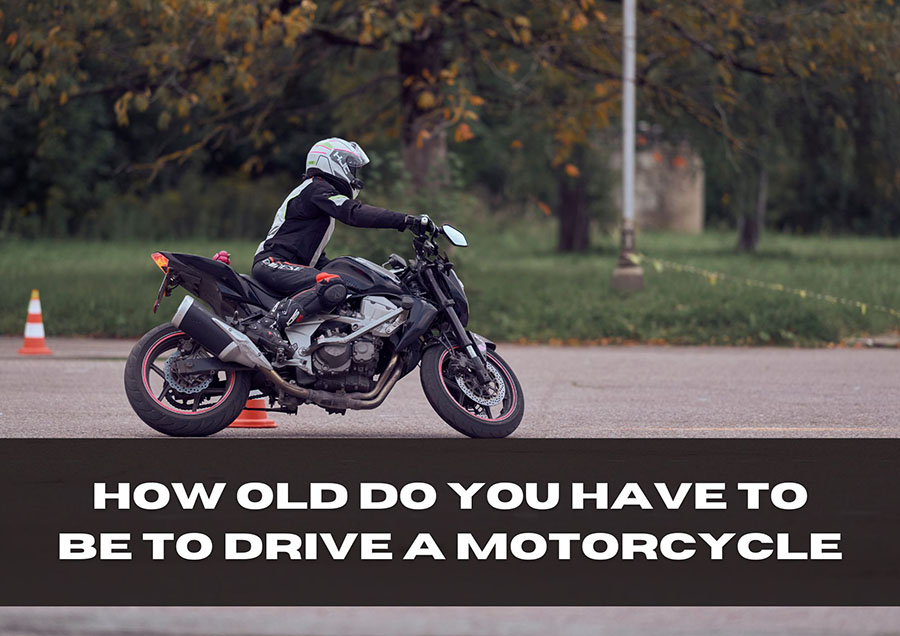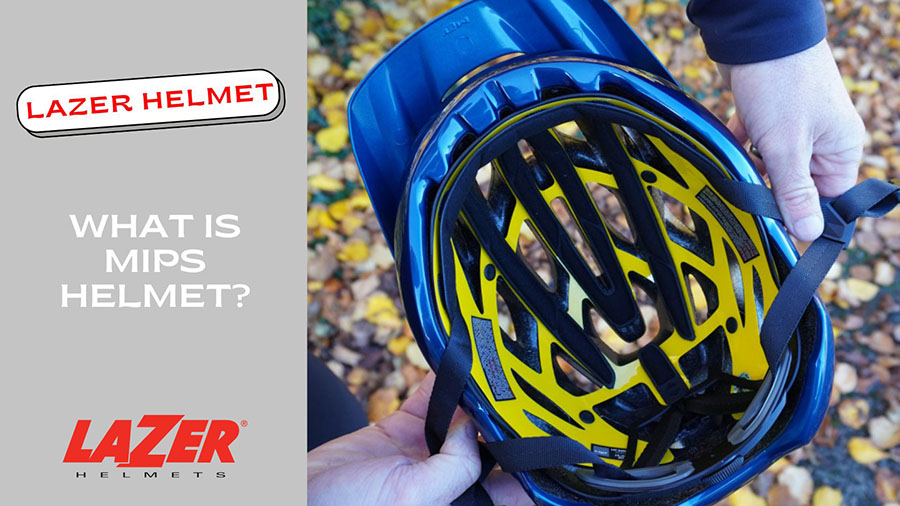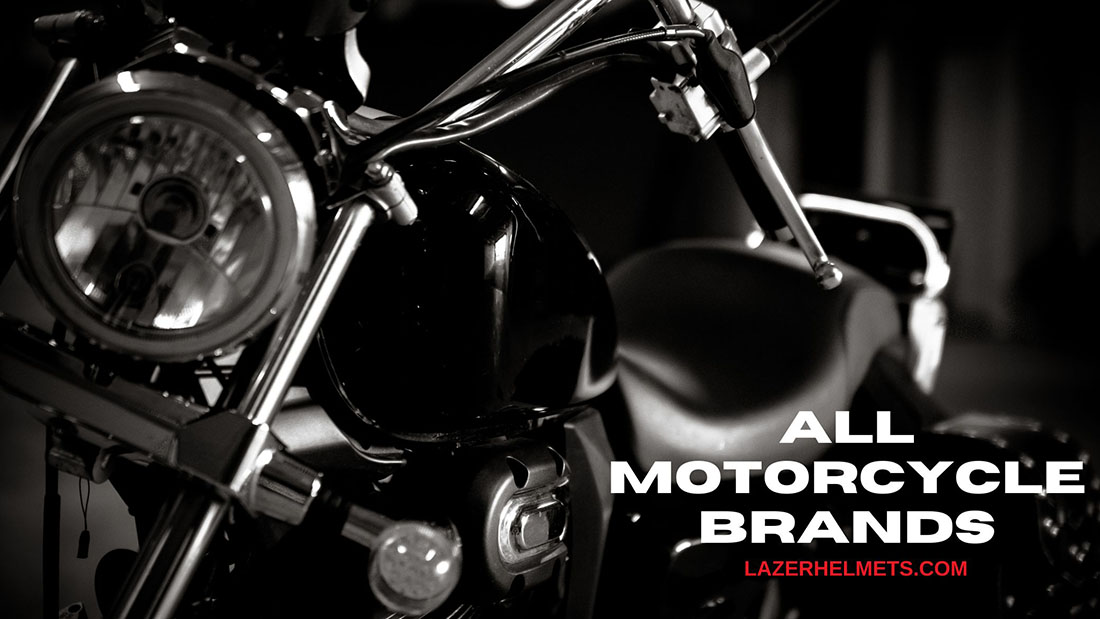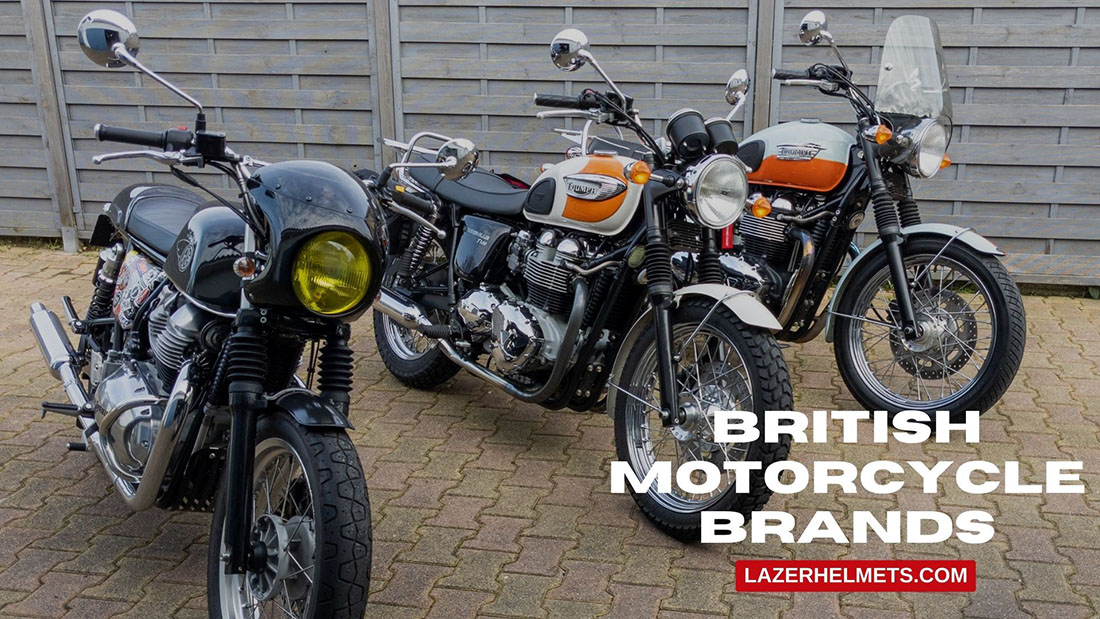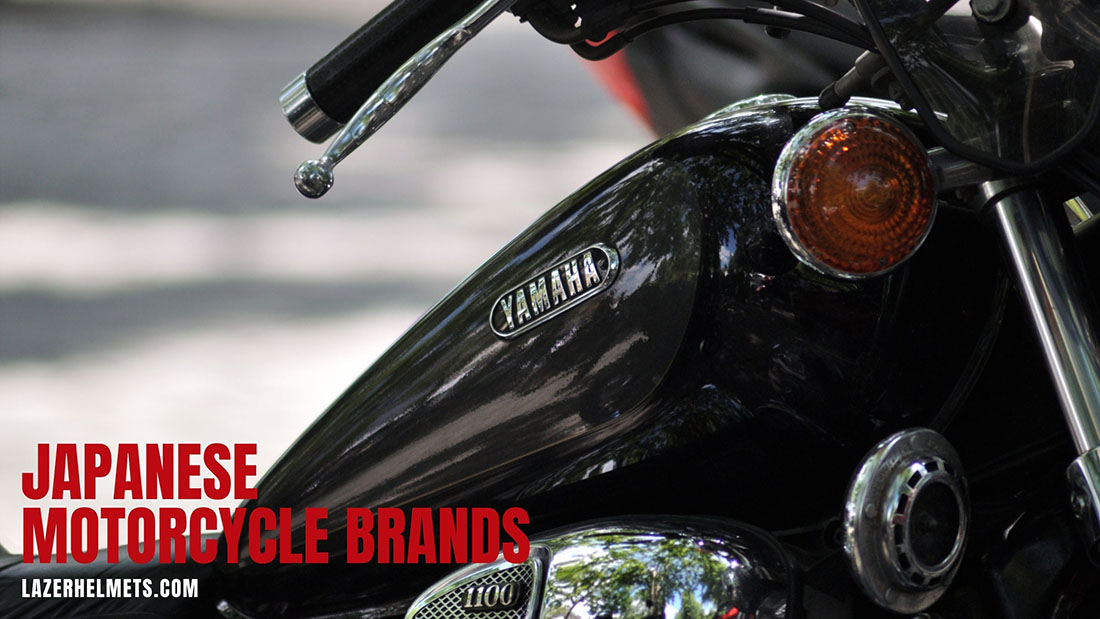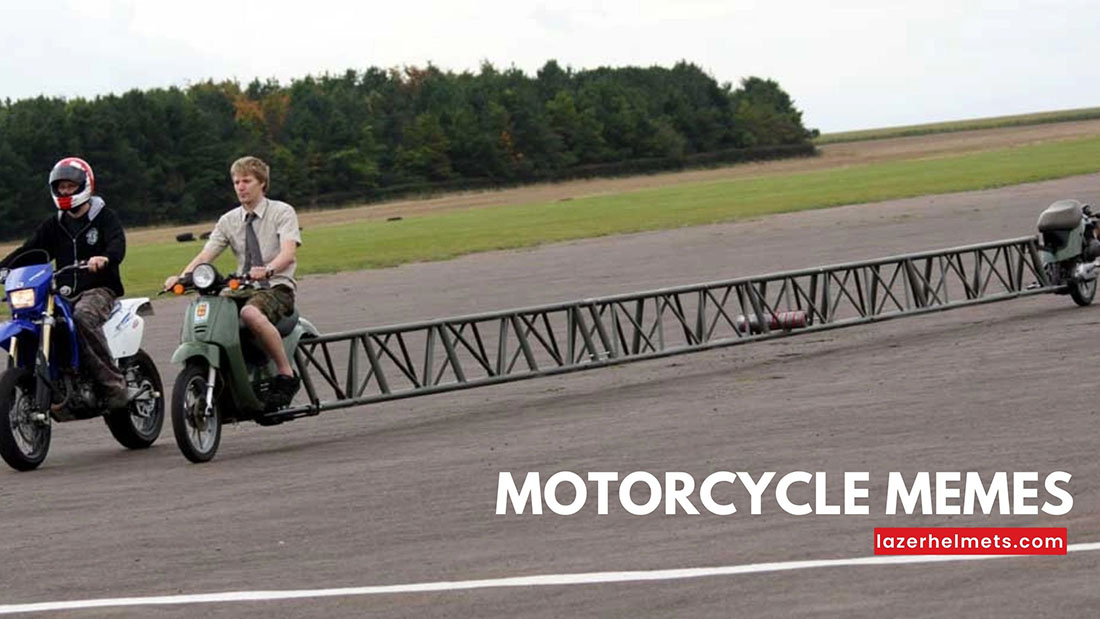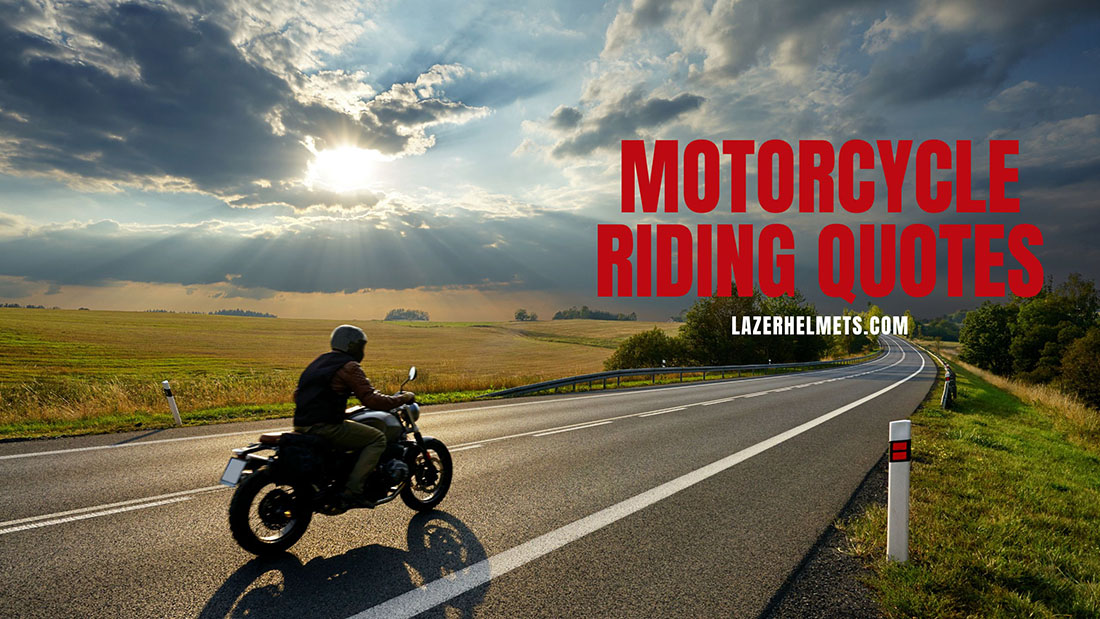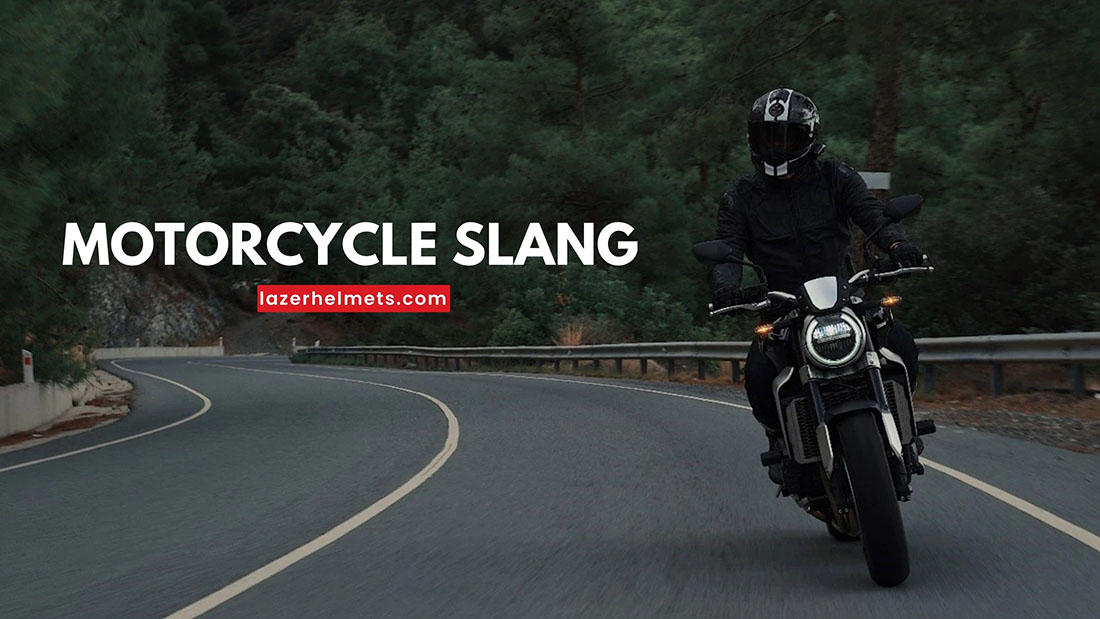The burning dream of almost every U.S. youngster is to own a cool-looking and high-performance motorcycle on which they can ride throughout the street with their friends and acquaintances.
However, like in any other country, there are legal requirements for motorcycle riding, and not everybody is given the right to drive one if they have not reached the right age yet!
Once again, you can trust our expert team to address these issues in detail, discussing how old to ride a motorcycle in the U.S. Specific ages in each state are also included, ensuring our readers can navigate the necessary info regardless of where they live.
Table of Contents
What Age Can You Drive A Motorcycle
No state is similar, setting its own rules and requirements for motorbikes (including written tests and driving tests to confirm your full riding abilities without harming others). Hence, the exact minimum age to ride a motorcycle in these states also differs – but mostly falls into the range of 14 to 17.
More specifically, states like North Dakota, South Dakota, and Arkansas allow people as young as 14 to ride on public roads. Meanwhile, Mississippi, Georgia, Nebraska, and a few more regions forbade anyone below 17 to own a motorbike.
Some exception cases will require you to be over 18 if you fail to fulfill certain criteria. For instance, those who don’t take riding courses in New Jersey must wait until 18, while people passing these classes can already apply for licenses at 17.
The compilation charts below should give you a more thorough overview of the legal age to ride a motorcycle in some major areas:
Minimum riding age: 14
- Alaska (for permits)
- Kansas (for permits)
- New Mexico
- North Dakota
- South Dakota (for permits)
Minimum riding age: 15
- Arizona (15 years and six months, to be exact, for permits)
- Idaho (provided you pass road tests and safety courses before 21)
- Texas
Minimum riding age: 16
- Alabama
- Alaska (for licenses)
- Arizona (for licenses, provided you already have six-month permits, as per ADOT)
- Arkansas
- California (provided you already have six-month permits; this rule does not count people of 21 years old and onwards)
- Colorado
- Connecticut
- Florida
- Hawaii (but people below 18 must have 90-day permits and pass safety courses)
- Illinois (provided you have passed safety courses)
- Indiana (16 years and three months, to be exact, with safety course completion)
- Iowa
- Kansas (for license)
- New York (restricted license)
Minimum riding age: 17
- Delaware (provided you have passed the motorcycle safety class)
- Georgia
- Nebraska (you must already have a 12-month Provision Operator Permit, according to the Motor vehicle Department in Nebraska)
- Mississippi
- New York (unrestricted license)
- Wyoming
Minimum riding age: 18
- Arizona (for licenses; applied for people with no six-month permits)
- Delaware (for those who haven’t passed safety classes)
- Illinois (for those who haven’t passed safety courses)
Requirements to Get Motorcycle Licenses in The U.S.

Age Requirements
As you can guess from the detailed list above, 16 is quite a safe age – since you can already apply for motorbike riding in most states. However, riders under 18 (or not yet qualified to get a license) must get motorcycle permits to operate their vehicle legally.
Getting a permit requires you to meet the following criteria:
- Be 14-16 years old (refer to the list above for a specific number – or check on the local website)
- Pass the written exam and vision screening
- Complete a course in driver’s education and motorcycle operation
Training Requirements
Before obtaining a license, you should take an authorized training class, which is necessary for riders with little to no experience. Average cyclists that wish to sharpen their motorcycle skills should also take a look!
Some states regard them as compulsory, while other regions deem these courses optional. Most of them last for about 2 to 4 days, which involves working directly with a professional instructor that tells you everything there is to know. Some critical motorcycle knowledge units include:
- Strategies for safe riding
- Proper riding gears
- Motorbike-specific laws
- Motorbike anatomy
- Special defensive techniques (ex: swerving).
Even better, passing these courses will sometimes allow you to skip road tests or written exams (or both!). One only major drawback is the high price: you might be asked to draw about $200 to $500 off your wallet – depending on your current residence and the course’s covered materials.
Test Requirements
As previously mentioned, no states are similar in terms of requirements and rules; still, all of them follow the same 3-step process described below:
Step 1. Take Written Tests
This test enables you to acquire motorcycle learner permits for riding practices on public streets. The topics covered include basic motorbike techniques and terminologies, safety practices, state laws, and motorcycle road rules.
Looking through all the available resources on the DMV local website should be more than enough to provide every info required for the test preparation.
Step 2. Hone Your Road Control Skills
Once the permits have successfully been gained, the authorities will give you the right to practice your skills on both public and private roads.
Here is one thing to note: your practice hours are strictly limited to daytime only. Most states also ban you from carrying a second person/passenger on the bike; plus, all your practices must be supervised by a licensed rider.
A few state governments will ask you to sign in a specific supervised hour number – particularly if you haven’t reached 18. In those cases, your appointed supervisor will stay on another motorcycle at a distance.
Again, since states are vastly different from each other, you should consult the DMV local website to grasp all the relevant rules and see whether there are additional requirements/non-requirements.
Step 3. Participate in A Skill Test
You have practiced enough on the road with strict supervision. The last step to acquiring that long-awaited license is to perform this final test – which decides whether all your hard work pays off.
These tests ask you to display basic and decent abilities to maneuver the bike in closed courses or any secluded areas, such as braking, accelerating, or overturning. Still, remember that some states may require you to show off real-life skills, going out to the roads and interacting directly with other bikers!
Please refer to diverse official sources to understand what tools and equipment are needed for this road test. Do not underestimate this – many bikers have failed their tests simply because they did not bring enough essentials – and were forced to reschedule!
In most cases, you should at least bring the following:
- Liability insurance proof for your motorbikes and passenger vehicles
- Evidence that you have successfully passed your written exam
- Appropriate riding gear: common items are long pants, low-heeled shoes/boots, a long-sleeved jacket/shirt, and a motorcycle helmet.
- Passenger vehicles (with licensed motorcycle drivers)
- A motorbike (every part must be in great condition)
Once you pass this test with flying colors, let us give you our sincerest congratulations: you have officially been qualified for licenses!
Other Legal Requirements
Headwear
Wearing helmets is compulsory in 21 states.
Plus, DOT-certified headwear is compulsory in 35 states; they do not allow any brand to market helmets unless they satisfy all DOT criteria just right. Even helmets exceeding the standards sometimes are not accepted, either. Other bars and measures are sometimes included (such as ANSI).
Furthermore, many places state clearly that unless the rider is 19, he must go out with a helmet at all costs – even if he’s just a passenger.
Eye Protection
Eye safety devices are a must in 36 states – among which 22 states only require them for riders (and not passengers), while 23 agree to exempt them for bikes with built-in windshields (whose height must be at least 15”).
Also, several governments put eye safety in the must-have list for youngsters under 18. Meanwhile, others only demand these devices for riders under 21 who run at a speed of more than 35 miles per hour.
Rearview Mirrors
Most states specify rearview laws pretty clearly, so just navigate to their websites for more info.
Rearview mirrors (installed on one side) are mandatory in 7 states and considered a necessity in 3. On the other hand, 5 states claim that bike enthusiasts must install them onto both sides.
Fenders and Handlebars
Fenders are necessary on the back and front wheels in 24 states and on the rear wheels in 3 states.
Regarding the handlebars, their requisite heights range from near the eye’s level to about 30 inches above the seat.
Blinkers
21 states include the bike’s turn signals as an indispensable feature in every motorcycle. Only models of specific years have this compartment – which is also mentioned in the law of your place.
Motorcycle Safety Tips for Youngsters and Beginners
Do Not Exceed Your Riding Level
One important lesson for beginners is never to overestimate your abilities. Aside from participating in the training course mentioned above, you can also apply these three smart tips to stay safe on the bike:
- Ride within your limits
- Do not let other people pressure/force you to do something you are not comfortable with
- Travel in safe places before navigating to public roads
- Avoid unnecessary risks, and stay away from busy highways/roads during rush hours
Do Not Ride With Two Passengers Or More
During earlier stages of motorcycle learning, you should not plunge immediately into two-up – which also serves as a lawful stipulation in several states. Plus, not every bike is designed to hold a passenger.
So if you are put in a situation where taking charge of passengers is a must, remember these tips:
- Equip your bike with passenger seats/pillions, grab straps, and foot pegs.
- Only allow one passenger (preferably in your family) of at least 16 years old and wearing a helmet.
- The passengers and the riders must wear suitable riding equipment, including eyewear protection.
- Allow your passenger to sit where they can observe what’s right ahead without neck-straining or looking over your shoulder.
Watch The Weather Forecast
Weather conditions are regular foils that can damper your driving conditions and pose many road dangers – which only multiply if your vehicle is two-wheeled. Lack of car stability and extra exposure to snow and rain only worsen the situation.
Not to mention, no visibility is every rider’s most disastrous nightmare. Wait until you are caught in a downpour, and you will understand how hurt it is to be pelted by rainfalls at 30 or 50 mph.
FAQs
1. Is Riding Motorbikes With Permits Possible in California?
Yes, in most cases – except on freeways after dark.
2. What Bikes Can 16-Year-Old Teens Run?
Many options are at play. But for safety, we recommend those whose engine is 125-250cc.
3. Can You Get Motorcycle Licenses in Illinois at 16?
Yes – given that you have already passed the riding and written exam, of course.
4. What Bike Can You Use Without License?
Scooters/bikes of below 49 CC do not need licenses.
Conclusion
Our article has explored all relevant info regarding how old to drive a motorcycle in the U.S. States vary, so it’s important to carefully consult the regional law where you live.
Aside from ages, other compulsory requirements and transitional stages are also covered; keep them in mind and double-check whether you have met all these criteria before enrolling for a motorbike license!
Abiding by these rules will both help sidestep accidents and protect your licenses from risks of revoking.
See also:

